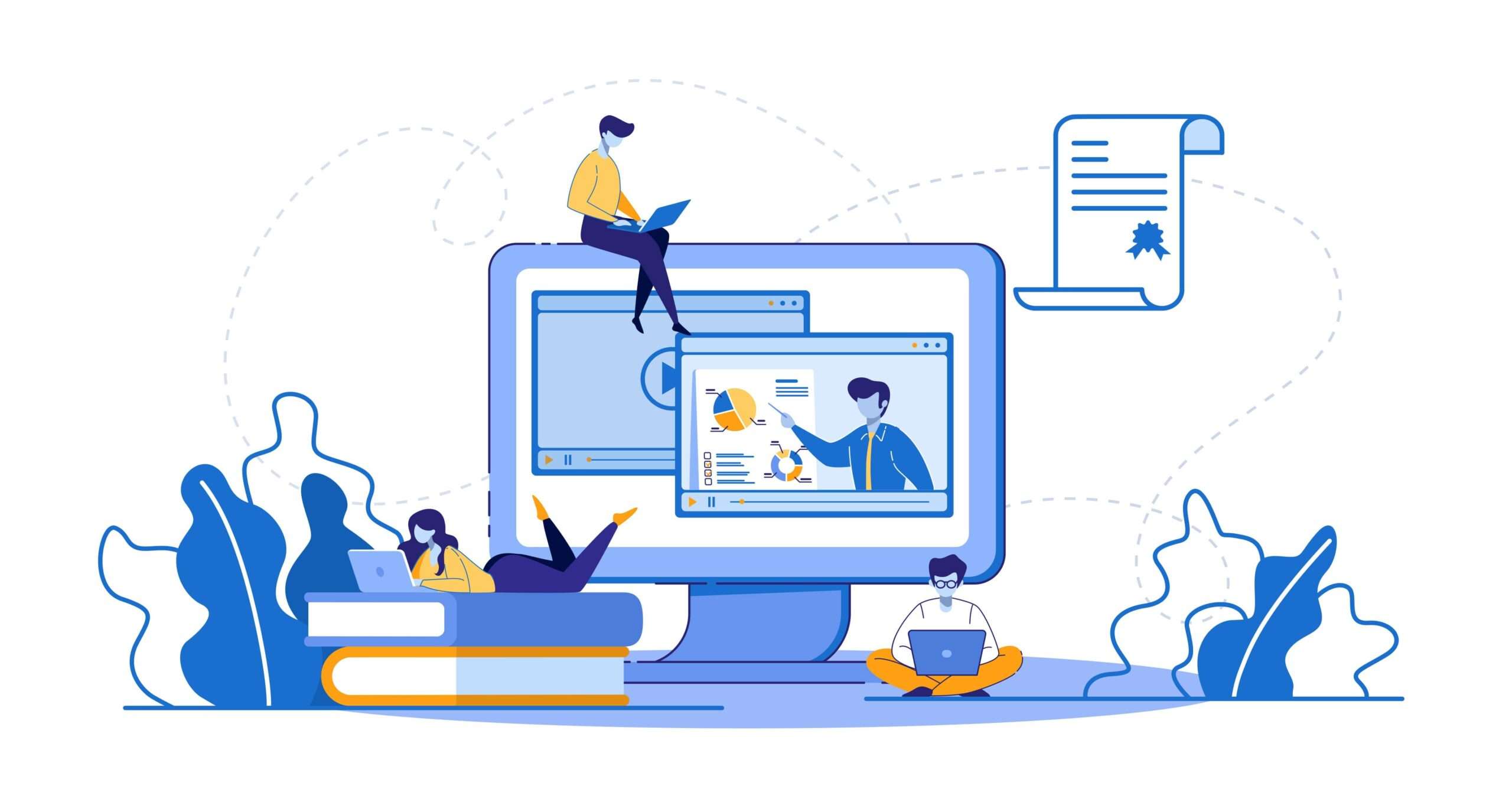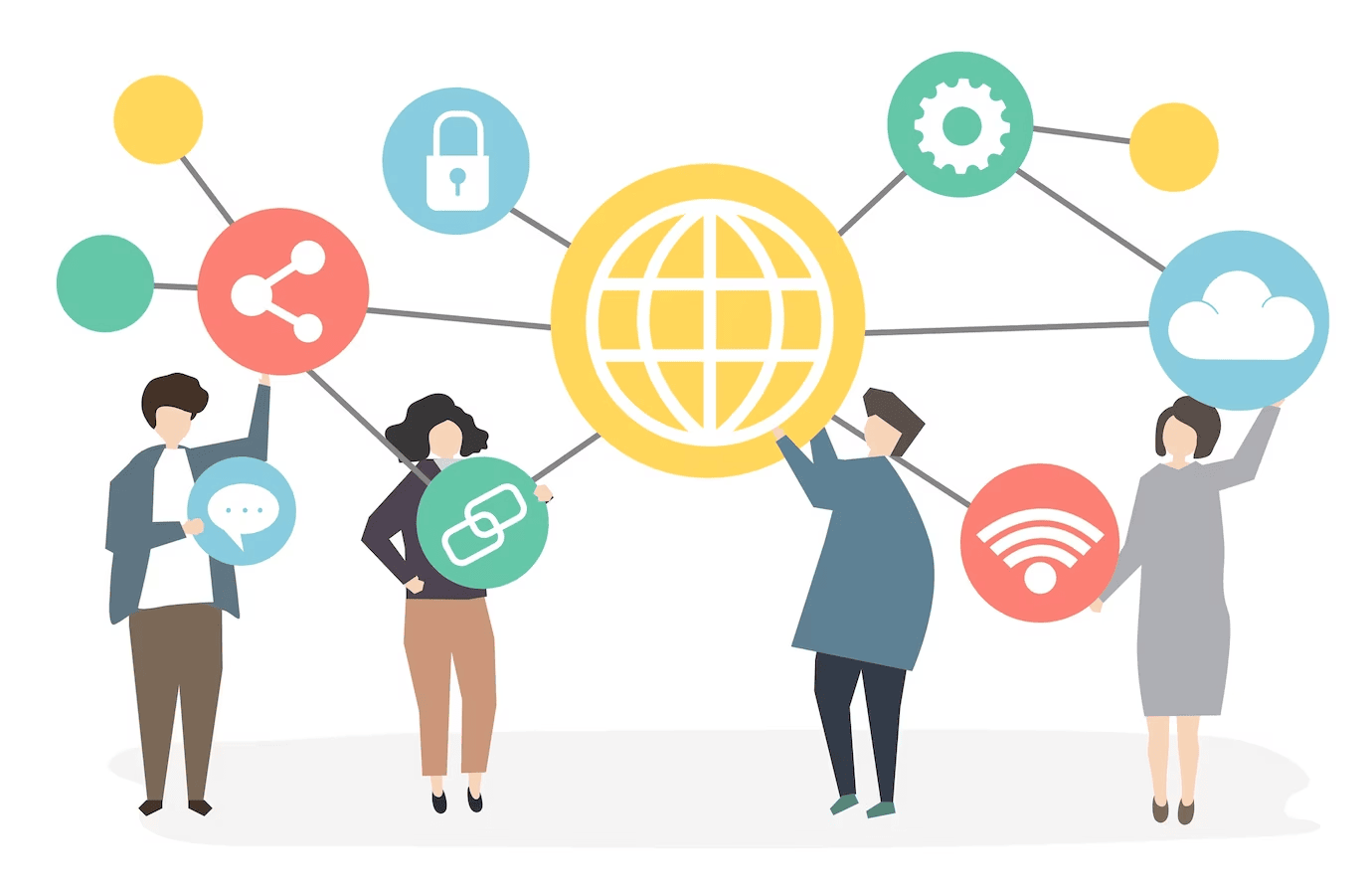Can You Add an External Person to Teams?
Yes! Microsoft Teams allows users to invite anyone with a valid email address to join the platform. Whether it’s for an office meeting, a message exchange, or sharing documents and files, users can easily add external people to their Microsoft Teams account.
To add an external person to Teams, you need to first create a team and add members from your organization. Then you can choose to invite external people through their email address in the Settings tab. The invited external user will receive an email notification and can then access the Team by clicking on the link in the invitation message.
Once the external person is in the team, you can assign them access levels like Message or SharePoint Center, so they can start creating messages and documents. You can also create a new channel and set special permissions to share information between members and external users.
It’s important to remember that when you add an external person to your Microsoft Teams account, they will have access to the same resources as other members, so you should be sure to monitor their activity and usage. If the external user is no longer needed, you can easily remove them from the team or channel at any time.
Adding external users to your Microsoft Teams account is an easy and effective way to collaborate with others both inside and outside your organization. Just make sure you understand the user’s needs before adding them and use the right settings and access levels to ensure everyone has the best experience possible.
Advantages of Adding External Users to Teams
Adding external users to your Microsoft Teams account can provide an array of advantages that help make collaboration easier, faster and more effective. Here are five key benefits of adding external users to Teams:
- Streamline Communication – External users can be added to specific teams or channels, allowing for quick and easy communication between multiple organizations. This can save time and energy when it comes to coordinating projects and tasks.
- Enhance Security – With guest features in Microsoft Teams, you can control how much information is visible to external users, thereby increasing the security of sensitive data.
- Monitor Activity – You can monitor the activity of external users to ensure that they are using the app correctly and following all the necessary protocols.
- Increased Efficiency – With external users on board, collaboration between teams and organizations can be greatly streamlined, leading to increased efficiency and productivity.
- Removable Users – When you no longer need an external user’s involvement, you can easily remove them from your Teams account without any hassle.
By taking advantage of these benefits, you can maximize the effectiveness of your collaboration efforts and get the most out of your Microsoft Teams account.
Challenges of Adding External Users to Teams and How to Overcome Them
Adding external users to Microsoft Teams can be a great way to extend collaboration and productivity with people outside your organization. However, there are some potential challenges to consider before you add an external user to your team.
One of the main challenges is ensuring that only authorized people have access to confidential information. It’s important to make sure you have the right security protocols in place to protect against any unauthorized access or data leakage. You should also ensure that everyone involved is aware of the security measures that are in place and any rules governing data sharing and collaboration with external users.
Another challenge of adding external users to Teams is managing user activity and usage. External users may not be familiar with the platform or how it works, so they may require extra guidance and training. Additionally, since external users don’t have access to internal company resources, it’s important to make sure they are able to quickly find what they need to get their work done.
To overcome these challenges, there are several steps you can take. First, make sure you use the guest features in Microsoft Teams. This will allow you to manage permissions and ensure that external users only have access to the areas they need.
Additionally, it’s a good idea to monitor activity and usage by external users. This will help you identify any potential security risks or misuse of the platform. Finally, it’s important to remove external users when they are no longer needed. This will help prevent any unauthorized access to data or resources.
How to Add an External Person to Microsoft Teams?
Adding external users to Microsoft Teams can open up a whole world of collaboration opportunities for your team. Here’s how to do it.
Step 1: Open the Teams app and click on the “People” tab.
Step 2: Click the “Add people” button located at the top right corner of the screen.
Step 3: Enter the email address of the external user you want to add.
Step 4: Click the “Invite” button. The external user will receive an invitation to join your team.
Step 5: Once the external user has accepted the invitation, they will be added to your team, and you can start collaborating.
You can also use the “Share a link” option to send a link to the external user. All they need to do is click on the link and follow the instructions to accept the invitation.
Once you have added the external user to your team, you can communicate and collaborate with them just like you would with any other teammate. You can create conversations, share files, assign tasks, and more.
It’s important to remember that external users don’t have the same level of access as internal users, so you should be sure to adjust your security settings accordingly. You may also want to monitor activity and usage by external users and remove them when they are no longer needed.
Best Practices for Adding and Collaborating with External Users
- Establish an onboarding process: Ensure your external users understand their roles, the purpose of the team and how to use the tools available. Develop an onboarding plan and assign an internal user as a point of contact for each external user.
- Monitor access rights: Make sure external users have the correct access rights to participate in your team activities. You can control access rights by setting up appropriate channels, chats, and document libraries.
- Use guest permissions: Use guest permissions to control which content external users have access to and limit their ability to make changes.
- Set expectations: Set expectations around when the team will meet and what topics will be discussed. This will help ensure that everyone is on the same page when it comes to collaboration and communication.
- Limit file sharing: Limit the sharing of files with external users, particularly if they contain sensitive information. Ensure that all necessary security measures are in place before sharing any files.
- Schedule regular check-ins: Have regular check-ins with external users to ensure that everyone is on the same page. These check-ins can be used to provide feedback, discuss progress, and answer any questions the external user may have.
- Set up security protocols: Make sure all your data is secure by setting up security protocols for your teams. This includes things like authentication methods and encryption methods.
- Remove access when needed: When external users are no longer needed or no longer participating in your team, remove their access immediately. This will ensure that your team remains secure and only members with current access are participating in collaboration.

How to manage External Users on Teams?
Managing external users on Teams is essential for successful collaboration. There are several steps you can take to ensure that your external users are effectively managed.
First, you should create specific roles and permissions for each of your external users. By assigning each user specific roles and privileges, you can ensure that they only have access to the information and resources that they need. This will also help prevent any unauthorized access or use of your team’s data.
Next, it’s important to keep track of the activity of external users on Teams. This will help you identify any potential problems or areas of concern. You can use the Team’s audit log to monitor user activity and investigate any issues that may arise. Additionally, you should consider setting up notifications for key actions taken by external users to stay informed of their activities.
Finally, you should regularly review the status of all external users on Teams. Make sure that all external users are still active and up to date on their permissions and access levels. Additionally, this is a great time to review any new features or updates that may be applicable to them and ensure they are taking full advantage of them.

How to Manage Guest Permissions on Teams
If you’re looking to collaborate with external users on Microsoft Teams, one of the most important steps is managing guest permissions. By understanding how to manage guest permissions, you can ensure that your collaboration with external users remains secure and compliant. Here’s how to do it:
First, make sure you have enabled Guest Access in your Teams settings. If you haven’t done so, you can do this by going to the “Settings” tab in Teams and clicking “Guest Access” and making sure it is enabled.
Once you have enabled Guest Access, you can control the guest permissions for each Team by navigating to the “Settings” tab and then to the “Team Settings” tab and then the “Permissions” tab. From there, you can choose the “Guests” section and set permissions accordingly. You can allow or restrict guests from creating, viewing, editing, or deleting content, creating channels, and performing other tasks.
You can also control permissions for individual channels within a Team. To do this, navigate to the desired channel within the Team and click “Settings” and then “Permissions.” This will allow you to assign specific permissions for guests on a per-channel basis.
Finally, it’s important to keep in mind that Teams guests can view all content in channels that they have been granted access to, including private channels. Therefore, it is important to ensure that the permissions you grant to guests reflect the sensitivity of your content and data.

Tips for Effective Collaboration with External Users on Teams
When it comes to collaborating with external users on Teams, it’s important to have clear expectations and to set ground rules for communication. Here are some tips to help ensure successful collaboration:
1. Set Ground Rules: Make sure everyone understands the purpose of the collaboration and the expected outcome. It’s also important to define the roles and responsibilities of each team member.
2. Set Expectations: Make sure all external users understand the timeline and goals of the project. Outline what is expected of them and make sure they have access to the necessary tools to complete their tasks.
3. Use Clear Communication: When collaborating with external users, make sure everyone is on the same page by using clear and direct language. This will help avoid any confusion or miscommunication.
4. Give Feedback: Regularly provide feedback to external users about their performance and progress. This will help ensure that everyone is on track and that their efforts are appreciated.
5. Keep it Professional: Remind all external users to remain professional when communicating with other team members, including those outside the organization.
Conclusion
Adding external users to Microsoft Teams can be a great way to extend the reach of your organization and boost collaboration. With the right strategy and the proper guidance, you can easily add external users to Teams with minimal effort and get the most out of this powerful platform.
By understanding the advantages and challenges associated with adding external users, you can make sure that your teams are operating in a secure, productive environment. By following the best practices for collaboration with external users, you can ensure that all your conversations and files remain secure while allowing everyone to benefit from working together.

